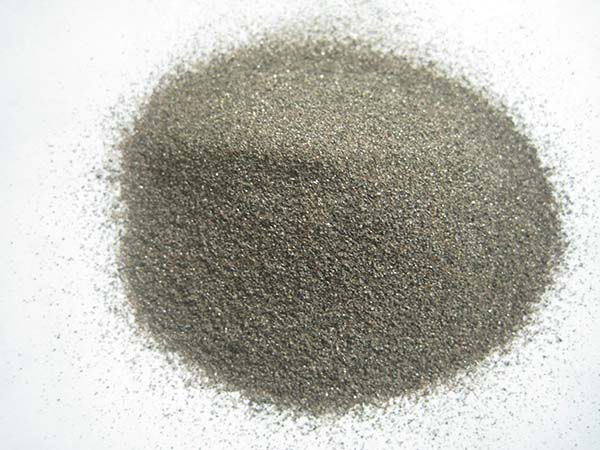Brown Fused Alumina (BFA) is a popular abrasive material used in surface blasting applications, including the preparation of cookware surfaces. Here’s how it’s used and its key benefits:
Why Use Brown Fused Alumina for Cookware Blasting?
High Hardness (Mohs 9.0) – Effectively removes scale, rust, and old coatings from metal cookware.
Durable & Reusable – Long-lasting grains reduce blasting costs over time.
Sharp Edges – Provides an optimal anchor profile for coatings (e.g., non-stick, ceramic).
Chemical Inertness – Does not contaminate the cookware surface.
Uniform Particle Size – Ensures consistent surface roughness for better coating adhesion.
Common Applications in Cookware Manufacturing
Surface Cleaning – Removes oxides, residues, and imperfections before coating.
Roughness Creation – Enhances adhesion for non-stick or ceramic coatings.
Finishing – Produces a matte or satin surface for aesthetic appeal.
Blasting Parameters (Typical)
Grit Size:
Coarse (16-60 grit) – For heavy rust/coating removal.
Medium (80-120 grit) – For general surface preparation.
Fine (150-220 grit) – For final finishing.
Blasting Pressure: 60-100 PSI (varies based on material thickness).
Nozzle Type: Tungsten carbide or ceramic for longevity.
Advantages Over Other Abrasives
vs. Glass Beads – BFA is more aggressive and longer-lasting.
vs. Silicon Carbide – More cost-effective while still highly efficient.
vs. Steel Grit – Less likely to embed in softer metals like aluminum.
